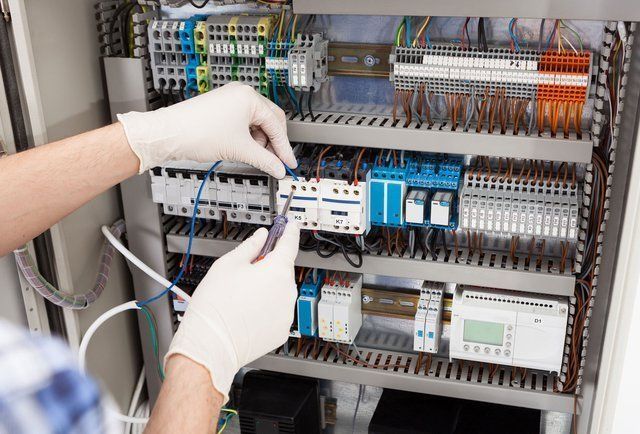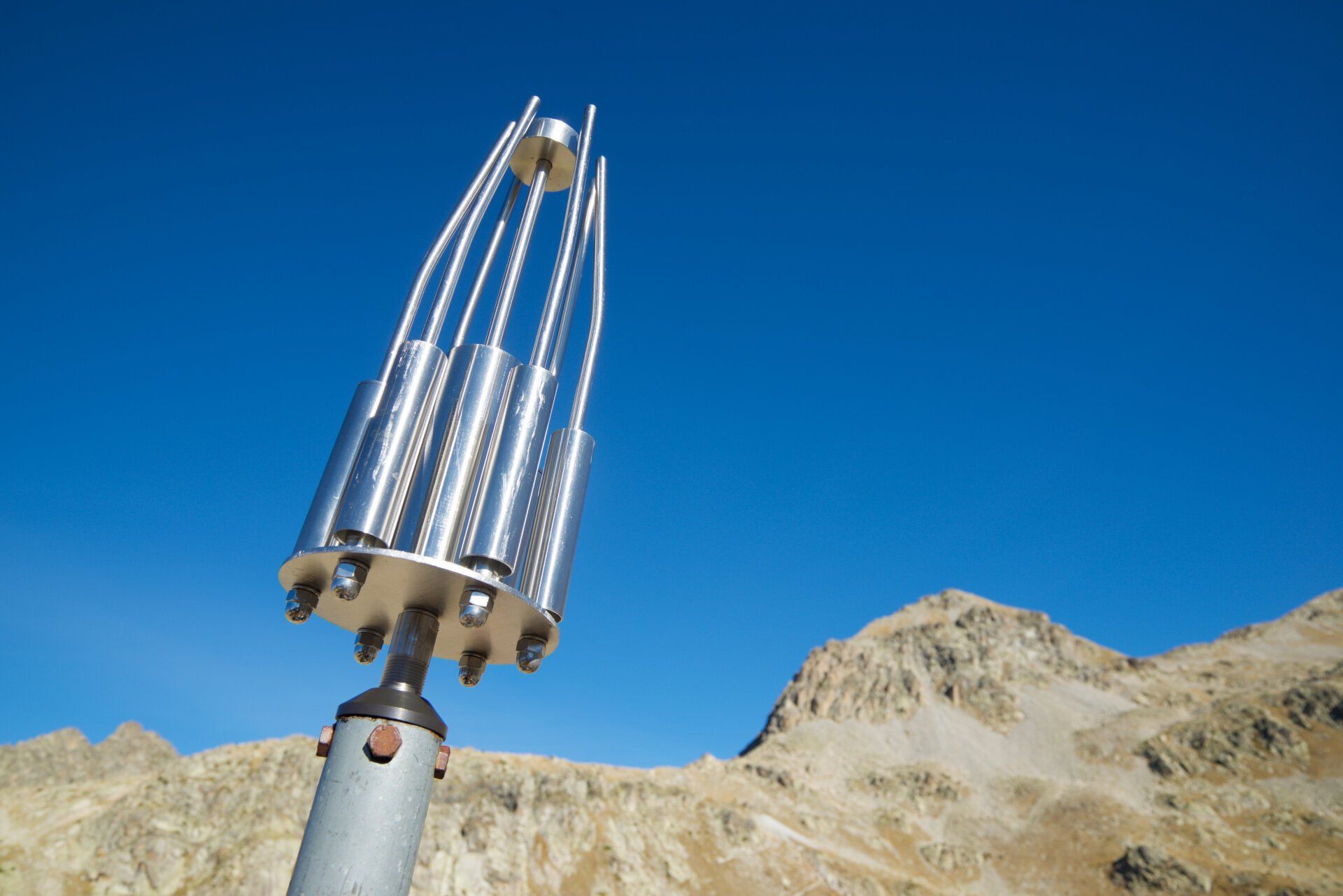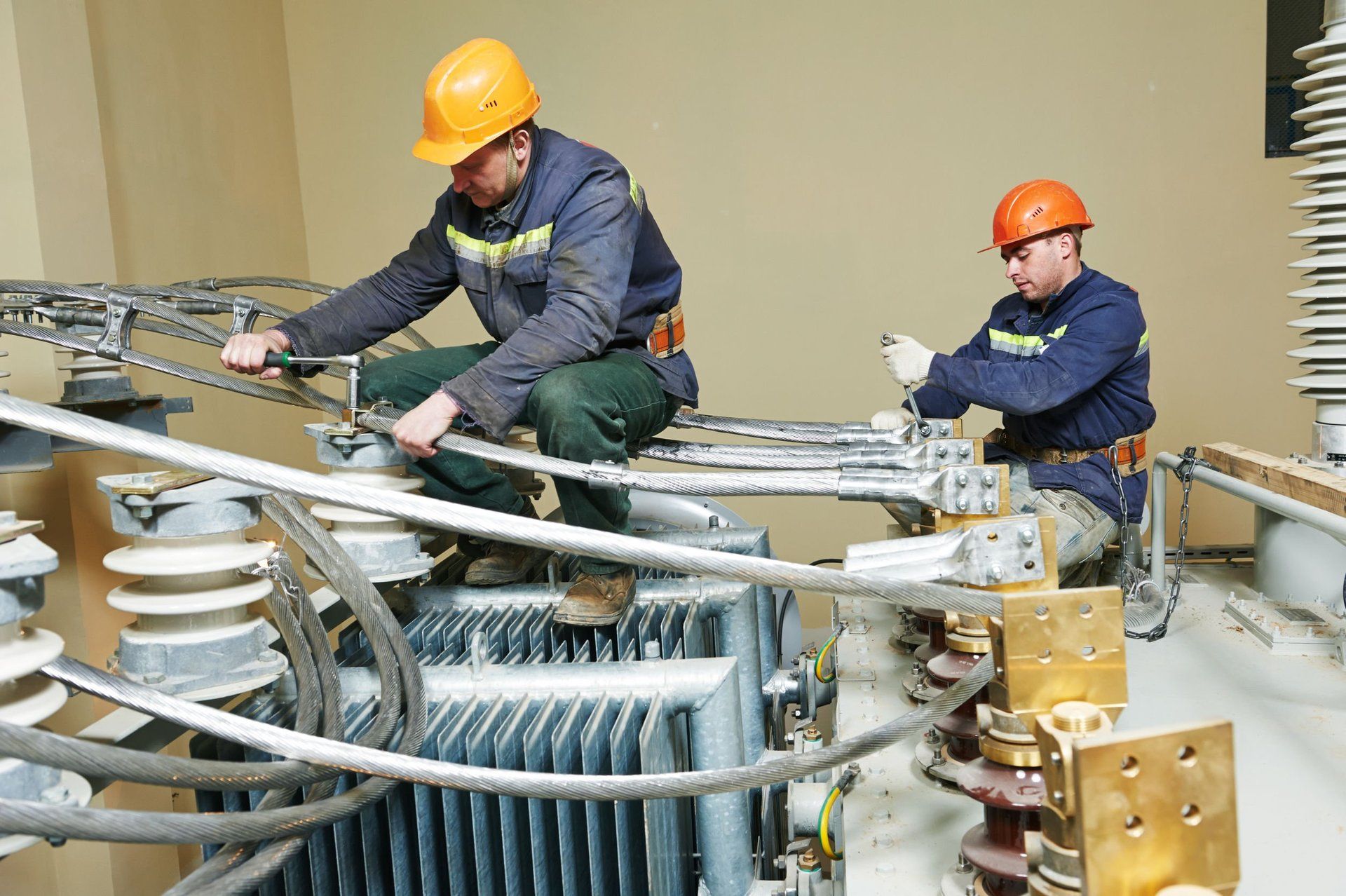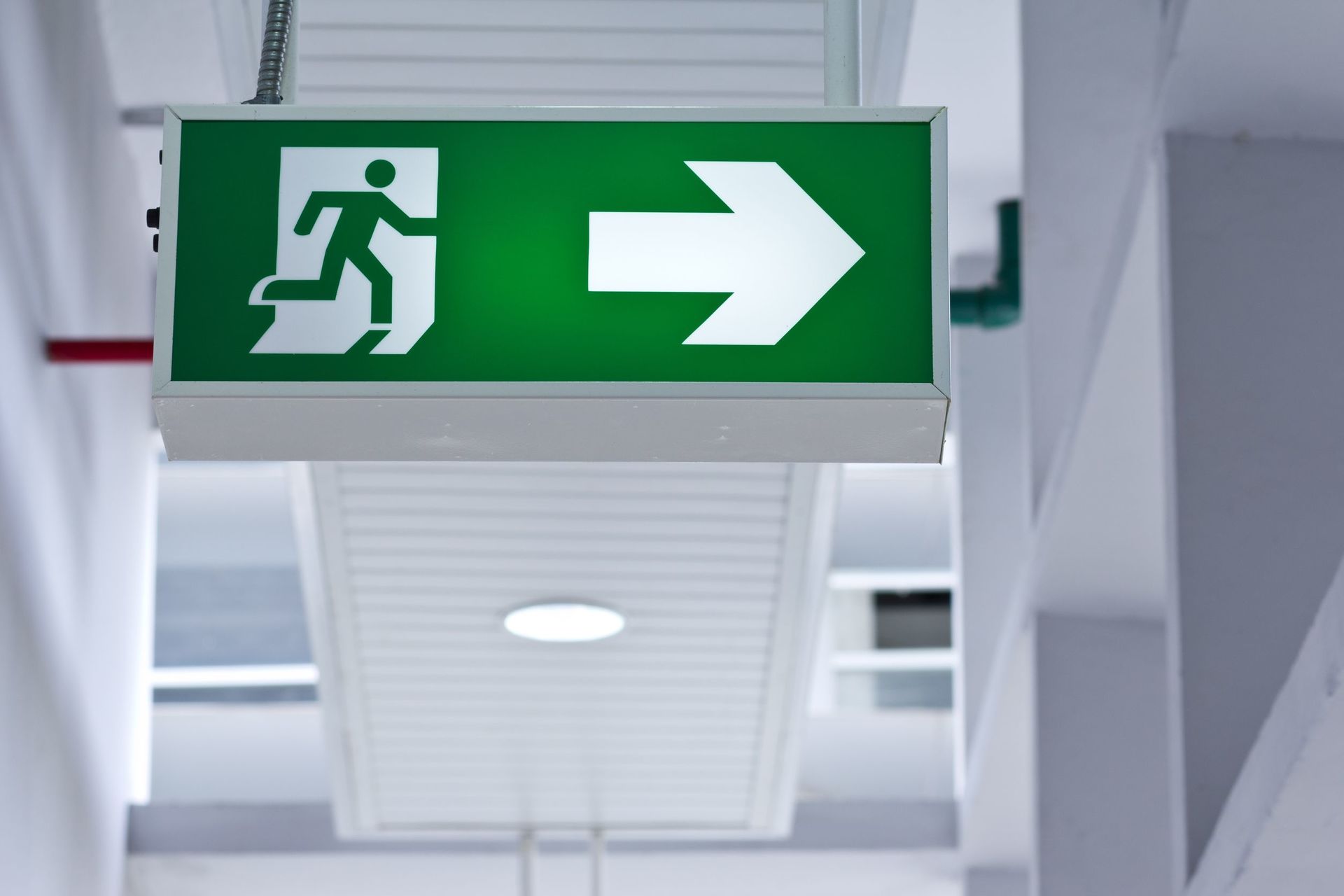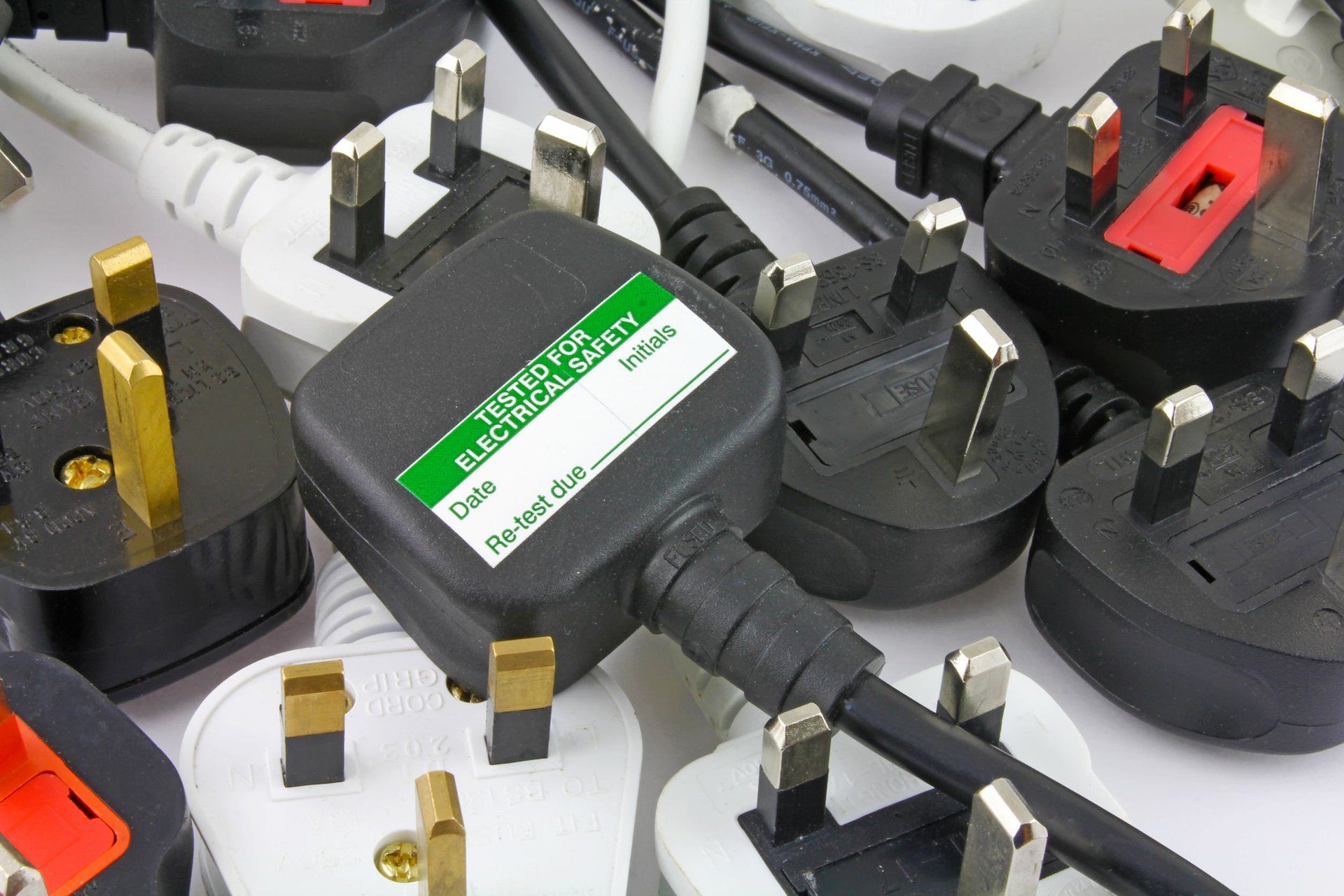Emergency Light Testing
Annual and Monthly Emergency Light Tests for all establishments
What is Emergency Lighting?
Lighting that automatically comes on when the power supply to the normal lighting provision fails.
Regular Inspection and Certification for Emergency Lighting Systems
Emergency lighting is crucial in buildings as it automatically activates when regular lighting fails due to a power outage. All commercial and industrial premises are obligated to have an Emergency Lighting System to ensure safe evacuation of occupants.
Proper maintenance of these systems is essential, not only for legal compliance and insurance purposes but also for the safety of individuals within the building.
We offer scheduled inspection, testing, and certification every 6 or 12 months to ensure full compliance with BS5266-1 standards. Additionally, we provide the necessary documentation, including log books.
Our inspection and testing procedures cover various aspects such as testing luminaire duration, cleaning diffusers, checking battery charging functionality, labeling luminaires, supplying test results and log books, installing emergency exit signs, offering advice on enhancements needed, and providing certification.
Emergency lighting is critical during unforeseen events like power cuts or fires. Without emergency lighting, occupants face potential dangers due to darkness and confusion during evacuations.
It is a statutory requirement for emergency lighting to function automatically during emergencies and provide adequate illumination for safe evacuation according to British Standards like BS5266-1, applicable not just in commercial buildings but also in residential complexes.
Regular inspection and testing of emergency lighting are essential to ensure its functionality during power outages and compliance with regulations. Competent individuals are recommended to service these systems regularly.
Conducting monthly tests on all lighting systems is necessary to verify their functionality according to standards. Any deficiencies must be rectified promptly to ensure continuous compliance and safety.
Annual tests should be performed to assess the functionality of exit signs and lights for their full rated duration, ensuring they remain operational even after a prolonged power outage.
Recording the results of both monthly and annual tests is vital. Any failures detected during tests should be addressed promptly to maintain safety standards and ensure proper evacuation procedures during emergencies.
CSE Electrical specializes in emergency lighting testing and maintenance for various settings and industries. By adhering to BS5266-1 standards and conducting annual tests, we guarantee compliance and safety for your premises.
Following our testing, we will provide you with certification as proof of compliance, crucial for legal validation.
CSE Electrical offers free quotes for necessary remedial works after testing. Our efficient testing methods are cost-effective and ensure accurate results within a short time frame.
Our engineers are highly qualified, experienced, and DBS enhanced checked to carry out electrical compliance tasks effectively and reliably.
Monthly Tests
All lighting systems must be tested monthly. The test is a short functional test in accordance with BS EN 50172 / BS 5266-8.
The period of simulated failure should be sufficient for the purpose of this test while minimising damage to the system components, e.g. lamps. During this period, all luminaires and signs shall be checked to ensure that they are present, clean and functioning correctly.
Annual Tests
A test for the full rated duration of the exit signs and lights must be carried out. The lights must still be working at the end of this three hour test.
The result of the monthly and annual tests must be recorded and, if failures are detected, these must be remedied as soon as possible.
Annual light certificates are a requirement for the majority of business’ to ensure safe evacuation from the building in the event of a power cut.
CSE Electrical are specialists in testing and maintaining emergency lighting, we work nationwide for all settings and industries, schools, offices, retail premises.
How frequently should emergency lighting be tested?
Emergency lighting is crucial in buildings to facilitate safe evacuation during emergency scenarios. As per BS 5266-1, sufficient illumination must be present for aiding escape and locating firefighting equipment in the UK. Legal obligations under Building Regulations and the Regulatory Reform (Fire Safety) Order 2005 necessitate emergency escape lighting in all business premises, while standby lighting is not mandatory.
Given the critical role of emergency light systems in safeguarding building occupants and guiding them to safety routes and firefighting gear, regular testing and maintenance are imperative. This article offers guidance on the testing frequency and procedures for emergency lighting.
Frequency of emergency lighting testing
Monthly tests, often referred to as 'flick tests,' involve a brief functional check mimicking a mains power failure to verify proper functioning of the lighting. The luminaires should be intact and clean, with testing conducted using a fish key to avoid switching off mains power. Records of these monthly assessments, including any reported faults, should be maintained for prompt rectification by the responsible person.
For the annual test, a three-hour duration test is required, during which the primary lighting circuit is deactivated, and emergency lights remain on to comply with BS 5266-1 standards. Any faults identified during this test should be promptly reported and fixed by a competent person. Technicians can perform these tests concurrently during fire alarm services.
Let CSE Electrical ensure that you adhere to BS5266-1 standards and let us annually test your emergency lights.
- Following the test we will issue you with certification, which you must keep to demonstrate compliance in any legal challenges.
- CSE Electrical also can provide a free, comprehensive quote for remedial works and fixes wherever necessary.

REPORT
Within five business days of the inspection, you will receive a report detailing any issues that need to be addressed.
Request a Quote
Contact Us
We will get back to you as soon as possible.
Please try again later.




